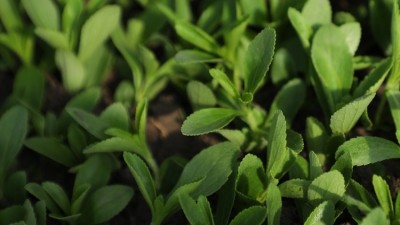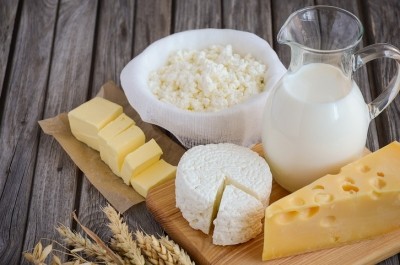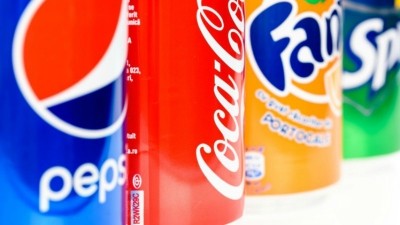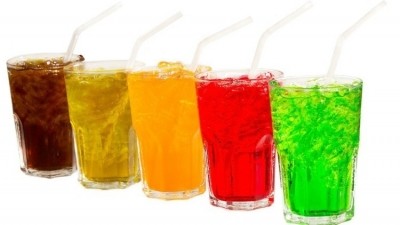APAC stevia trends: Dairy, traditional snacks providing growth alongside beverages
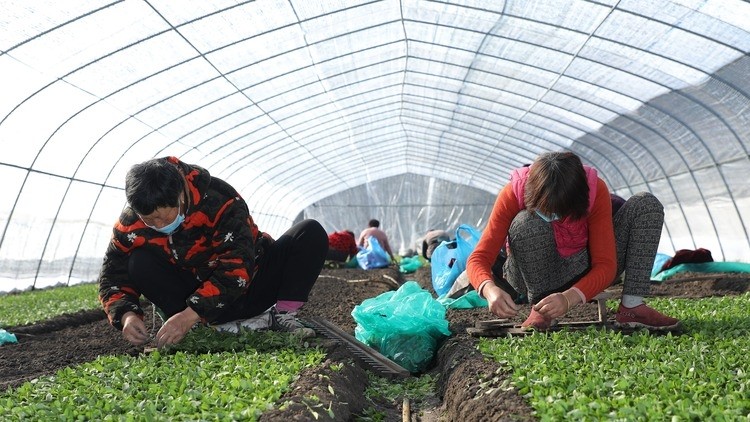
According to Abigail Storms, the firm’s Global Head of Sweeteners, beverage reformulation remains buoyant.
“Innovation in beverage sub-categories remain active, with launches of hot drinks using stevia having seen CAGR of more than a quarter (28%) between 2017 and 2021. Ready-to-drink (RTD) product launches have seen 9% CAGR over the same period (2017 to 2021), and we’ve worked with several customers across APAC to develop RTD teas using stevia, which provide a modern take on a much-loved classic.
“Stevia is fast becoming a formulator’s favourite in the Asia Pacific, as it is worldwide. Consumers here are drawn to plant-based products and look for cues on-pack that point to a product’s natural ingredients,” said Storms.
For snacks, almost 3,000 products have been launched since 2017. The firm has also been working with customers recently on products, such as flavoured nut and dried fruit products, which would previously be sugar-laden and traditional Chinese snacks such as spicy strips, with demand for convenient, tasty, and healthier snacks continuing to grow.
Dairy is another category that continues to grow CAGR in launches of more than a quarter (26%) between 2017 to 2021, said Storms, citing Mintel research.
According to a Tate & Lyle Ingredients Tracker Survey evaluating sweeteners in the region, more than two-thirds or 69% of consumers prefer non-artificial sweeteners to artificial sweeteners as a replacement for sugar. She quoted a Mintel GNPD research showing that 19% of new products launched last year contained stevia.
Resultingly, Tate & Lyle’s expanded stevia business delivered revenue that is 92% higher in the year to 31 March 2022 than the previous year.
“To meet the growing customer demand, we are investing in our stevia facility in Anji, China, and our production line in the US to increase capacity. We look forward to supporting more suppliers to operate sustainably through our sustainable stevia programme,” she said.
The subject of sustainability in stevia
Due to the increasing demand for stevia, Tate & Lyle embarked on a sustainability initiative with environmental charity Earthwatch Europe and the Nanjing Agricultural University in 2019. Its objective was to assess the environmental impacts of different approaches to stevia production in China and explore the environmental and socio-economic sustainability of the firm’s supply chain.
Data from 29 stevia farms were collected, with 73 variables assessed, such as soil quality, farming practices, yield and farmer profiles. The analysis provided recommendations for the programme to support stevia suppliers.
Some salient results include a reduction in greenhouse gas emissions and local water quality, as well as improved stevia productivity and steviol glycoside content for sweetening. Recently, Tate & Lyle announced it had entered the next phase of the programme to implement the agronomic practice changes piloted last year and conduct additional trials.
Director of Sustainability at Tate & Lyle, Anna Pierce, said an expanded cohort of 45 farmers from Dongtai, eastern China, and eight farms in Linze, western China, will be participating in 2022.
“The greenhouse gases resulting from the cultivation, harvesting, and processing of stevia, as well as corn, represent a significant proportion of our carbon footprint and the opportunity for the biggest positive impact. Supporting sustainable agriculture has been front and centre of our carbon reduction plans for many years and was the principal reason we established a first-of-its-kind US corn sustainability programme in 2019 while laying the groundwork for our sustainable stevia programme in China.
“Customers are increasingly turning to us to help them achieve their carbon reduction goals, including by reducing supply chain emissions, while supporting their efforts to increase supply chain transparency. For these reasons, we anticipate growing demand for sustainably grown and verified stevia,” said Pierce.
Healthy ageing, probiotics and protein are major focus areas of our upcoming Growth Asia Summit in Singapore from 11 to 13 October. Check out big-name brands, international experts and pioneering start-ups slated to present here.
